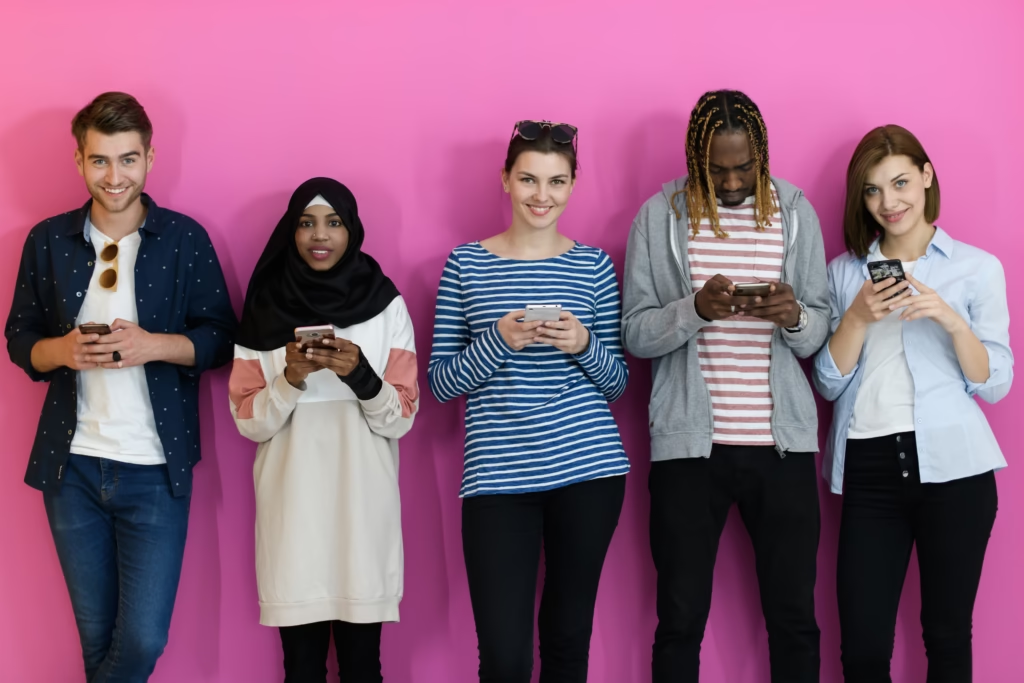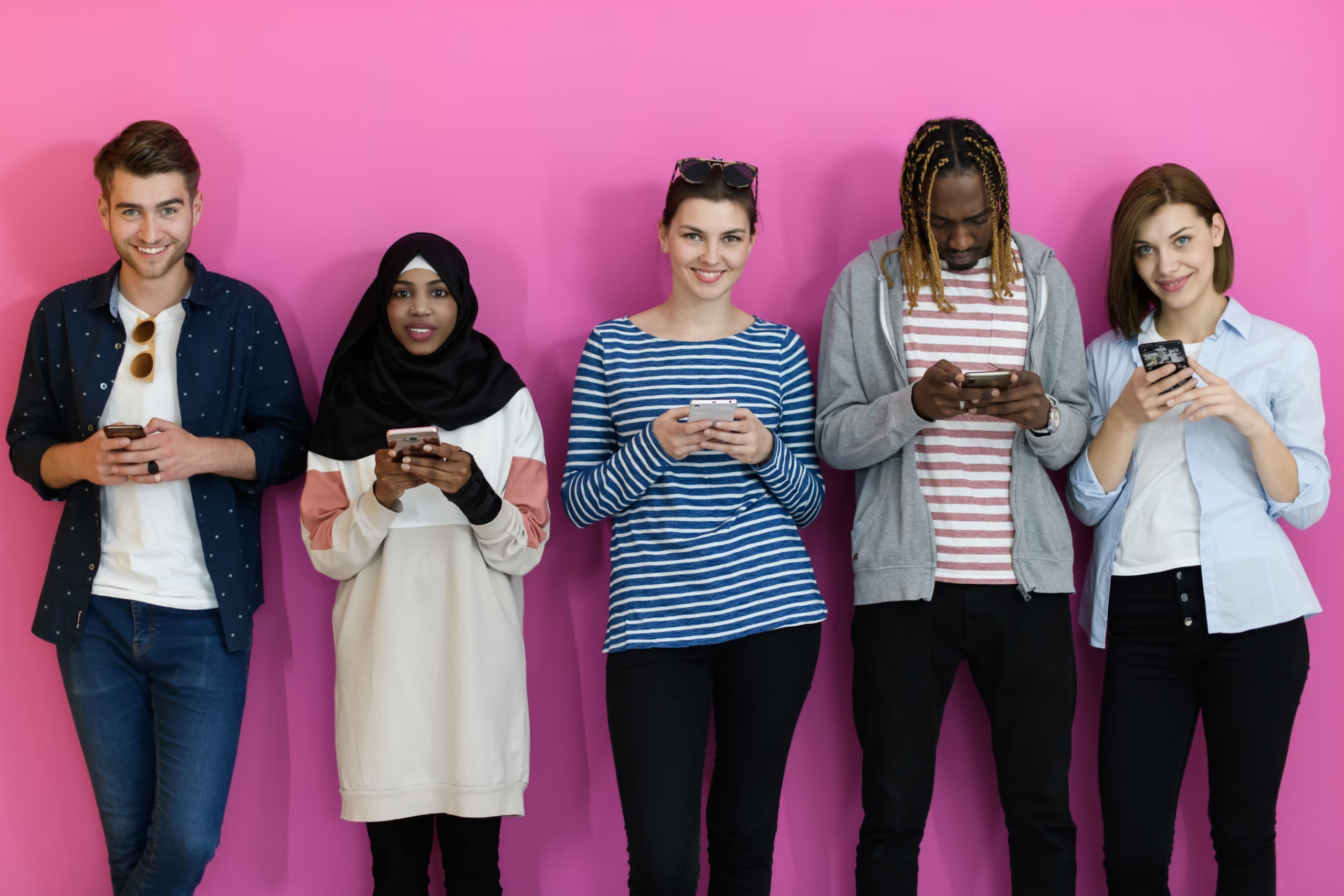Cultural tolerance is essential for building an inclusive and harmonious global community. It involves accepting and respecting cultural differences, recognizing the value each brings to the world. In an era of growing connectivity, social media has become a key player in shaping how people perceive and interact with diverse cultures.
Platforms like Instagram, Facebook, and Twitter allow individuals to share stories, traditions, and experiences that reflect their cultural identities. These exchanges create opportunities for others to learn, understand, and appreciate differences.
The Evolution of Social Media as a Platform for Cultural Exchange
Social media has come a long way from being a space for casual communication. Initially designed to connect friends and family, it has now grown into a hub for global interactions. Today, it is a platform where users celebrate cultural diversity.
For example, people share traditional recipes, explain local customs, and showcase cultural festivals through photos and videos. Platforms like TikTok have popularized traditional dances and music, helping them reach millions worldwide. These seemingly small actions spark curiosity and foster appreciation, breaking down stereotypes and misconceptions.
How Social Media Encourages Cultural Tolerance Across Borders
Social media is a borderless medium. It allows users from different countries to connect effortlessly. With just a click, people can interact with others from continents away, bridging cultural gaps.
Through hashtags, trends, and viral content, individuals get a glimpse into lifestyles, traditions, and values that are different from their own. For instance, a hashtag like #CulturalDiversity can lead to posts showcasing cultural attire, unique festivals, and stories of heritage.
Examples of Social Media Campaigns Promoting Cultural Tolerance
Many organizations and individuals use social media to launch campaigns that highlight the importance of cultural tolerance. For instance, campaigns like #WeAreOne or #ToleranceMatters aim to educate users about diversity and inclusion.

Although, one notable example is UNESCO’s social media initiative to promote cultural heritage preservation. They encourage users to share stories of their traditions and celebrate cultural diversity. Similarly, influencers and celebrities often join such campaigns, amplifying their reach to millions of followers.
Social Media Influencers and Their Role in Spreading Cultural Awareness
Influencers on social media have enormous effect over public opinion. Many influencers use their platforms to promote cultural tolerance by sharing content that highlights cultural practices, histories, and values.
For example, travel influencers often document their experiences in different countries, emphasizing the beauty of diverse cultures. Food bloggers explore traditional cuisines, explaining the history behind certain dishes. However, lifestyle influencers promote fashion trends inspired by cultural attire, bringing global traditions into the mainstream.
Challenges in Promoting Cultural Tolerance on Social Media
Despite its potential, social media also presents challenges in promoting cultural tolerance. One major issue is misinformation. Misrepresentation of cultures can perpetuate stereotypes and lead to misunderstandings.
Moreover, some users exploit social media to spread hate speech or engage in cultural appropriation. These negative behaviors can hinder efforts to build a tolerant community. Although, the anonymity provided by social media platforms often emboldens such actions.
Tackling Cultural Stereotypes Through Social Media Narratives
Social media narratives have the power to break cultural stereotypes. By sharing authentic stories, users challenge preconceptions and provide a more accurate representation of their cultures.
For instance, campaigns led by marginalized communities often shed light on their struggles and contributions. However, these stories humanize issues and encourage empathy. Personal anecdotes, photos, and videos create a direct connection with audiences, making cultural tolerance a more relatable and actionable goal.
The Role of Virtual Communities in Building Cultural Understanding
Virtual communities, such as Facebook groups and Reddit forums, bring people together based on shared interests. These communities often include members from diverse cultural backgrounds, creating a space for dialogue and exchange.
For example, groups dedicated to travel, language learning, or global cuisine often spark conversations about cultural practices. Members share their experiences and ask questions, fostering a sense of mutual respect and curiosity.
How Social Media Amplifies Voices of Marginalized Cultures
Social media gives underrepresented cultures a forum to reclaim their narratives and communicate their tales. Indigenous communities, for example, use platforms like Instagram to highlight their traditions, struggles, and achievements.
Although, this visibility not only educates others but also empowers these communities. It ensures their voices are heard in global conversations, promoting a more inclusive perspective.
Negative Impacts of Social Media on Cultural Tolerance
While social media promotes tolerance, it also has a darker side. Misinformation about cultures can spread rapidly, reinforcing biases and misconceptions. For instance, edited videos or false narratives can distort cultural practices, leading to negative stereotypes.
Algorithms often prioritize sensational content, which can sometimes be divisive. As a result, consumers are only exposed to opinions that support their prejudices, creating echo chambers. To counter this, users must verify information and engage with diverse content to foster a balanced understanding.
The Role of Education and Social Media
Education is key to promoting cultural tolerance, and social media is a powerful educational tool. Schools, NGOs, and activists use these platforms to teach about diversity and inclusion.
Interactive content, such as quizzes, videos, and live discussions, engages audiences and makes learning about cultural tolerance accessible to all. By combining education with social media’s reach, we can create a more tolerant and informed society.
Future Trends
The future of cultural tolerance on social media looks promising. Emerging technologies, like virtual reality, may offer immersive cultural experiences. Imagine exploring a cultural festival in another country through VR!
Social media is a powerful force in promoting cultural tolerance. It connects people, challenges stereotypes, and amplifies diverse voices. By using it responsibly, we can ensure it remains a tool for unity and understanding, fostering a world where every culture is celebrated.

